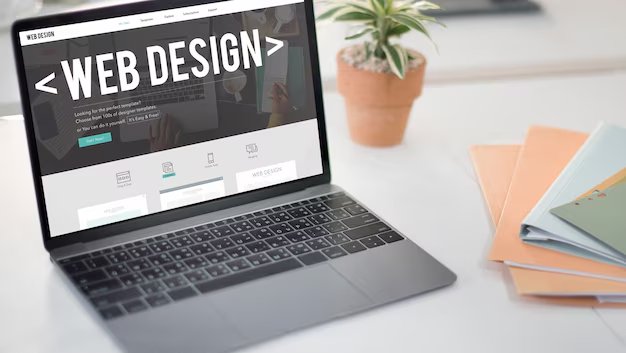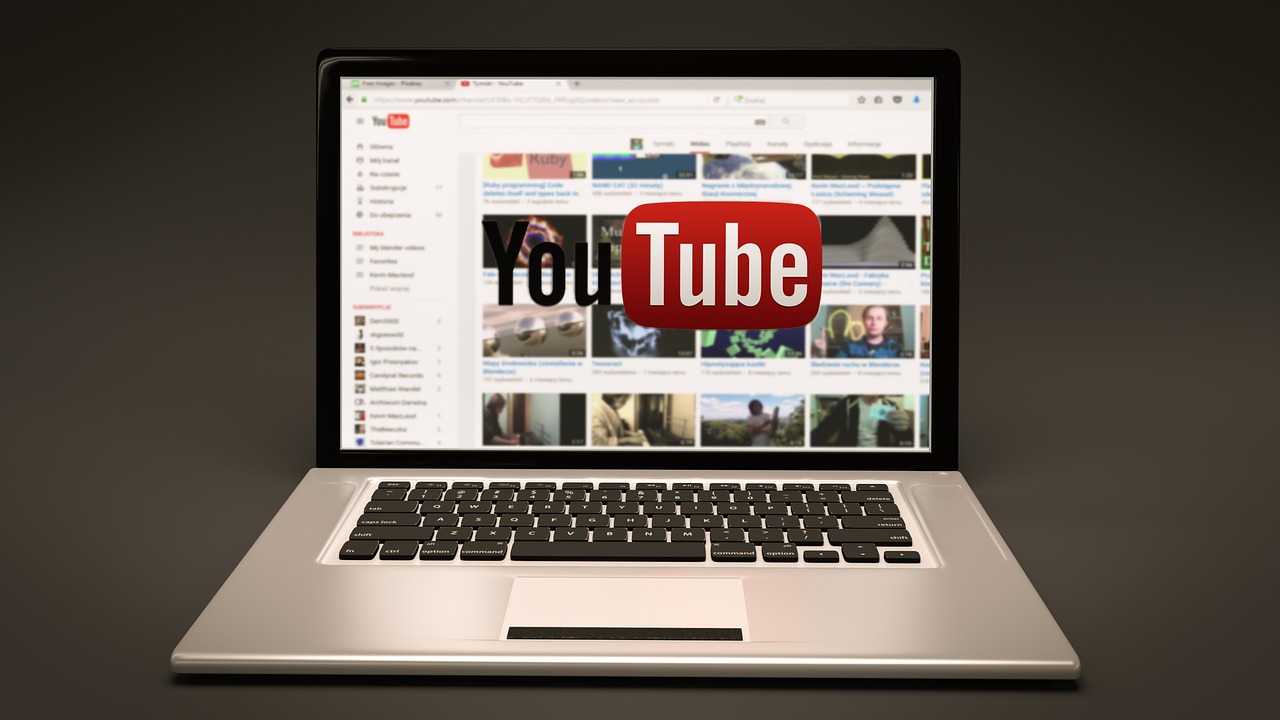Typography plays a significant role in modern web design but is often overlooked in the grander scheme of site aesthetics. The fonts you choose can dictate how your content is perceived, guide the user experience, and even influence conversions. It’s not just about making your website visually appealing; it’s about choosing fonts that blend functionality with aesthetics. This guide will help web designers and content creators understand what makes a font suitable for websites and explore the best fonts for web design.
Understanding typography goes beyond artistic flair—it’s a science that impacts readability, brand identity, and how users interact with content. Whether you’re designing a sleek portfolio, an engaging blog, or an e-commerce powerhouse, selecting the “best fonts for websites” should be one of your priorities.
Why Typography Matters in Web Design
Typography is the heart of storytelling in web design. Fonts aren’t just attractive decoration; they are the lens through which your audience processes your message. An elegant title font can grab attention, while a well-chosen body font ensures readability across all devices. Visual hierarchy, accessibility, and user retention all hinge on smart typography choices.
Good fonts can simplify navigation, highlight key messages, and build brand recognition. A consistent typeface gives your website a professional edge, making it appear polished and credible. Conversely, a poor font choice risks confusing your audience, making your content appear difficult to read or even amateurish.
Key Characteristics of Good Website Fonts
Not every font is designed with digital interfaces in mind. To choose the best website font, there are several criteria you need to assess.
First, readability is non-negotiable. Fonts with clean lines and clear spacing are easier to read, especially on smaller screens like smartphones. A font that works beautifully in print might not translate as effectively in a digital space. Text on websites is rendered dynamically, and web-safe fonts like sans-serifs or modern serifs often do a better job of maintaining legibility.
Second, versatility is essential. The best fonts for websites must be scalable and adaptable for various purposes, from headings to paragraph text. Fonts like Arial or Lato are excellent because they strike the right balance between functionality and style.
Finally, compatibility with web browsers and devices is a must. Not all fonts load equally across platforms. Google Fonts, for example, guarantees compatibility with most browsers, making it a reliable resource for choosing web-friendly fonts.

Best Fonts for Web Design in 2024
When it comes to selecting the best fonts for web design, there’s no one-size-fits-all answer, but certain fonts have proven to be highly effective for readability and aesthetics.
Serif fonts, including classics like “Georgia,” add a touch of sophistication. They’re perfect for creating a sense of authority and trust, particularly for headings or body copy in industries like law or academia. Georgia, in particular, adapts beautifully to both desktop and mobile screens, making it a staple choice for websites that aim for a timeless yet modern design.
Sans-serif fonts are arguably the most popular choice for web typography, thanks to their clean, modern looks. Fonts like “Roboto” and “Open Sans” combine readability with elegance, making them highly versatile. Roboto is a Google-developed font that is particularly loved by web designers for its flexibility in both titles and body text. Open Sans, meanwhile, is a minimalist favorite that delivers a professional edge without distracting from the content.
Rounded fonts such as “Poppins” have been increasingly gaining traction for their soft yet contemporary vibe. Poppins works particularly well for creative industries, adding a playful touch without sacrificing readability.
For title-specific needs, fonts like “Montserrat” shine. Montserrat is famed for its high readability and bold weight variations, which makes it perfect for headings or calls to action. Other good title fonts include “Merriweather” and “Playfair Display,” which offer a mix of modernism and elegance, captivating visitors without being too obtrusive.
Variable fonts, such as “Inter,” are another excellent choice for modern web design. Inter provides a wide range of weights and styles within a single font file, saving on website load times while enriching design options.
Avoid the Pitfalls of Bad Fonts
It’s just as important to know what not to do when choosing a font. Overly decorative fonts or those with irregular spacing impair readability and can frustrate users. For example, script fonts like “Comic Sans” or overly elaborate cursive options may seem like fun choices, but they are rarely suitable for professional web design.
Another common pitfall is using too many fonts in one design. Mixing too many styles creates visual clutter and distracts users from important elements on the page. Stick to two or three harmonious font styles for clean and cohesive design.
Finally, watch out for fonts that slow down your website. Fonts requiring heavy rendering or multiple scripts can increase page load times, which negatively affects user experience and SEO rankings.
How to Choose the Best Fonts for Your Website
Selecting the best fonts to use for a website depends largely on the tone, brand identity, and target audience of your site. For example, a corporate business site will benefit from using fonts like “Helvetica” or “Arial,” which promote professionalism and clarity. On the other hand, a fashion blog can thrive using fonts like “Playfair Display” that exude personality and flair.
Another consideration is establishing a visual hierarchy. Larger, more striking fonts capture attention in headlines, while neutral, readable fonts are essential for body text. Pairing fonts from a single font family can add variety while maintaining consistency. For instance, use “Roboto Bold” for headings and “Roboto Regular” for body text.
Additionally, always preview how your chosen fonts look across devices and screen sizes. A font that reads well on your desktop might appear cramped or difficult to read on a smaller smartphone screen. Tools like Google’s Font Pairing tool can help you select effective combinations without overwhelming your design.
Why Fonts Tie Directly to Brand Identity
Typography does more than look good—it tells your audience who you are. Fonts convey tone and emotion, subtly setting the stage even before users begin to absorb your content. A fun and bubbly font can make your site feel approachable and informal, while a sleek serif communicates sophistication.
Investing in the right typography ensures that your website reflects its intended personality, whether playful, professional, elegant, or bold. It also reinforces trust, showing visitors that you’ve put thought into every element of their experience.

Elevate Your Design with the Right Font
Typography is one of the most powerful tools in web design. The fonts you choose will guide visitors through your website’s narrative and influence how they feel about your brand. From sophisticated serifs to modern sans-serifs, there’s an infinite world of options to explore, but the best fonts for web design always balance readability with style.
Careful font selection strengthens accessibility and user experience, reducing bounce rates and encouraging visitors to stay engaged with your content. Web designers and content creators should prioritize fonts that highlight creativity without sacrificing clarity.
Whether you’re building an e-commerce platform, blogging regularly, or designing a sleek portfolio, the best website fonts will help you make a lasting impression.




